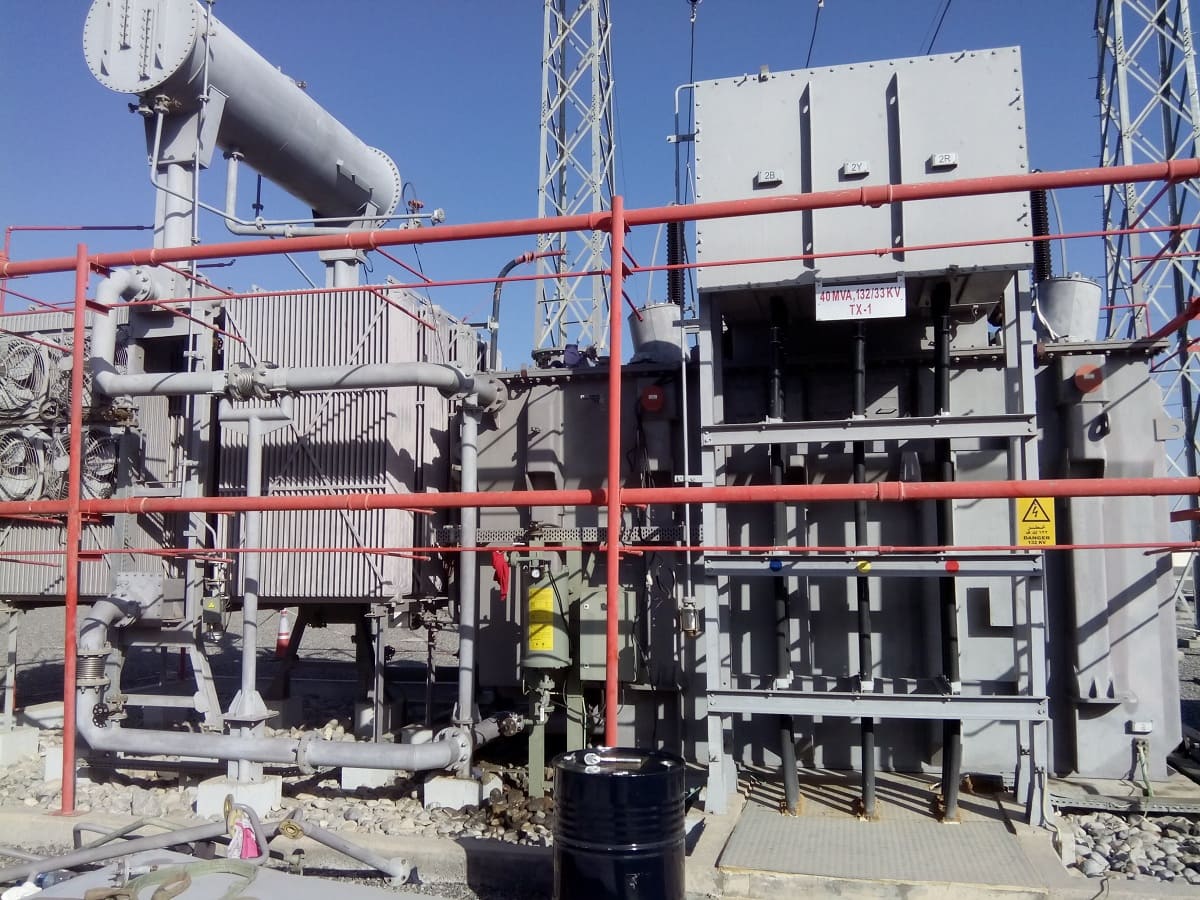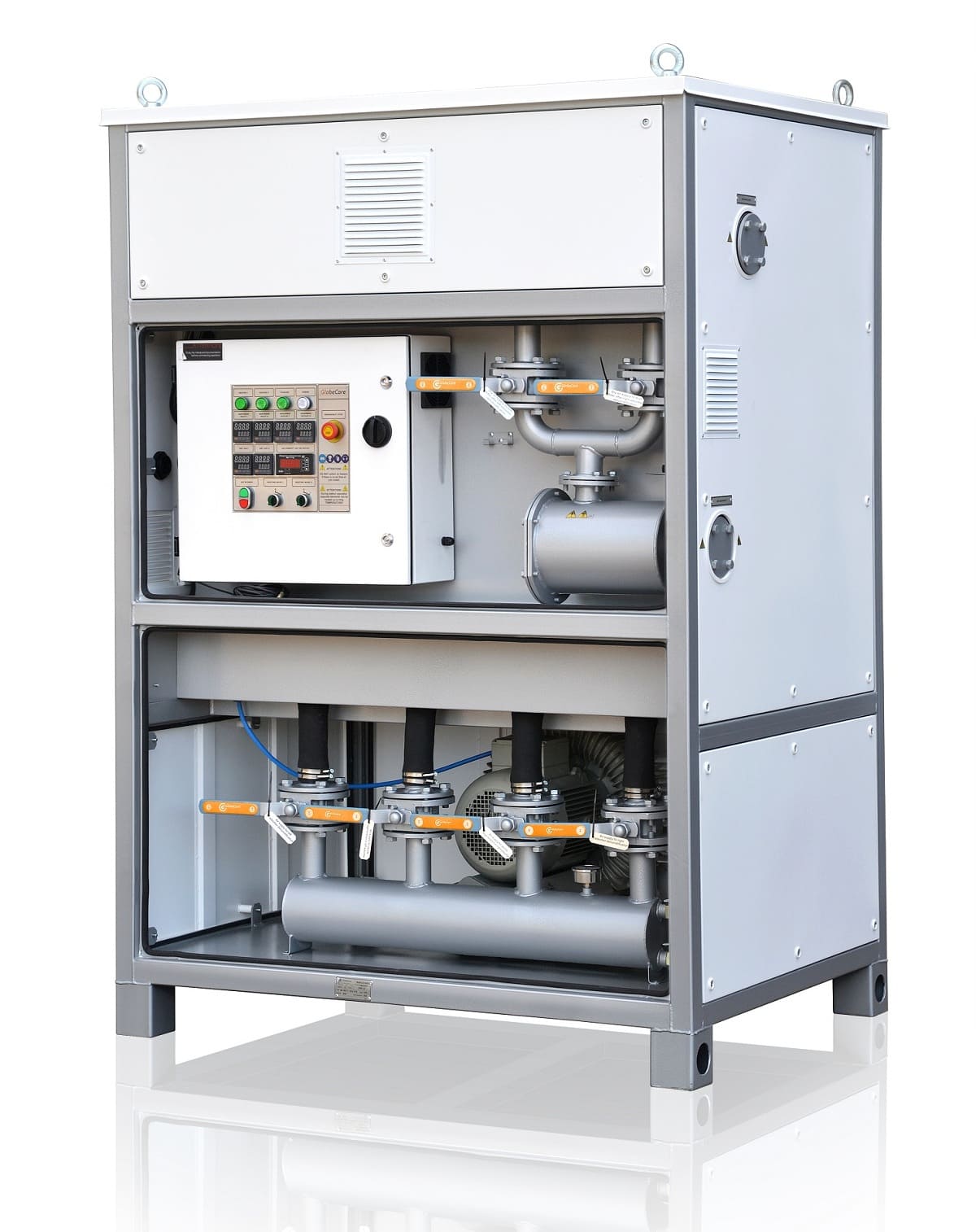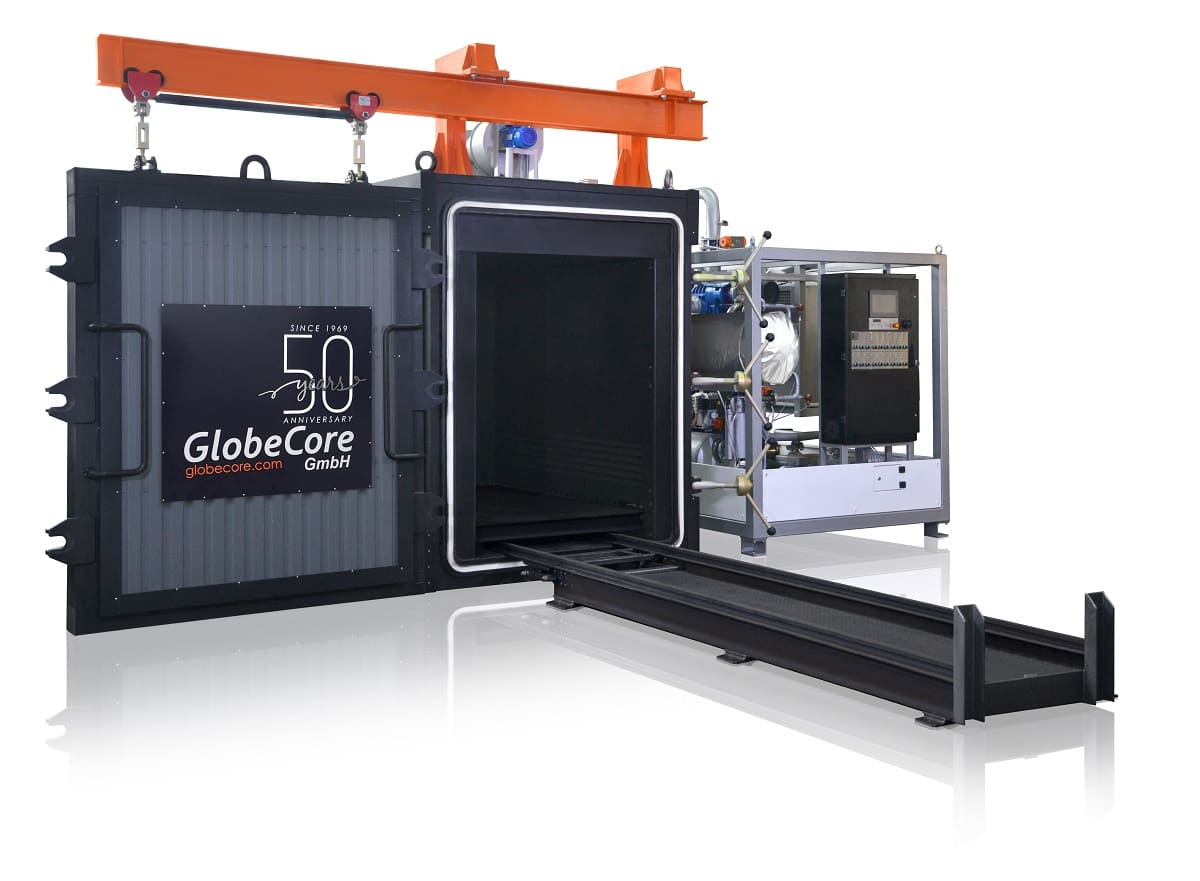Dry transformers are gaining popularity; the main reasons for this preference of transformer owners are better safety and efficiency of such units. In this article we look into whether these reasons are actually true.
The peculiarities of dry and oil transformer systems
The single biggest reason transformer operators prefer dry transformers instead of oil-filled ones is the opportunity to cut down expenses. Dry transformers are commonly considered less demanding in terms of frequent checks and repairs than oil transformers, since they do not use or require an insulation fluid. Such thinking, however, is inaccurate, and lack of care for this type of equipment may lead to dire consequences.
It has also been stated that dry transformers are safer and more stable than oil type transformers, as well as more efficient. In truth, the differences between these different types are more complex: several important factors must be taken into consideration.
The main difference of these two transformer types is the insulation system: both are designed with dry insulation of the windings, but the design principle is different.
Oil transformer insulation
The insulation of oil type transformer consists of liquid and solid insulation, external and internal.
External insulation is located outside of the transformer tank, and is created by the air gaps between the bushings, the bushings and the tank etc.
Internal insulation consists of main (from the winding to the grounded parts of the core, the tank and between the windings) and longitudinal (between different points of the winding, such as turns, coils and layers) insulation.
There are three types of internal insulation:
- Purely solid insulation
- Purely oil insulation
- Combined insulation
The purpose of oil-filled transformer insulation is the protection of the windings, as well as the bushings, taps and auxiliary components (e.g. switches).
Modern transformers are mostly equipped with oil insulation barriers in combination with solid insulation in certain parts, i.e. combined insulation. Such a system ensures the most efficient and comprehensive insulation.
The benefits and limitations of oil type transformers
The layout and dimensions of oil transformers are designed so that the transformer can deal with thunderstorms and other surge loads.
Interleaved windings are used to minimize the voltage over longitudinal insulation, where turns are connected in a certain order. This may cause difficulties with voltage control, since the windings are under different potentials. In this case, surge voltages can be reduced by increasing the operating voltage; with the rapid development of high voltage technologies and the growth of transformer power, the requirements to stability and strength of the windings and insulation also become higher.
Beside the need for constant monitoring of voltage, achieving long term strength is also important. The windings and the core heat up during operation, so the insulation must also help dissipate heat for efficient and continuous cooling.
Oil insulation has a high dielectric strength and ensures intensive and efficient cooling due to oil circulation.
Dry type transformer insulation
Dry insulation in transformers is a modern technology where air cooling is utilized. This type of units is used where safety is especially important: in metallurgy, petrochemical, paper production, power supply to public buildings etc.
Dry type transformer power ranges from 20 kW to 2500 and even more, they can be equipped either with natural or forced cooling.
High and low voltage windings (HV and LV) in dry transformers are encased in a protective enclosure. Such transformers are installed in dry closed places with humidity below 80%, since contact with air brings moisture into the insulation, while excessive humidity causes premature equipment wear and irreversible consequences. The ability of the windings to absorb moisture is reduced with special lacquer.
There are three kinds of dry type transformers:
- With open windings
- With solid cast windings
- With solid windings
- Open windings:
Such windings are impregnated with resin by vacuum. The thickness of the insulation is about 0.2 mm. High strength porcelain insulators and insulation profiles (fiberglass and other materials) are used.
- Solid windings:
These are made by epoxy resin coating in vacuum. Such insulation is suitable for transformers installed in areas with special environmental and fire safety concerns.
- Solid cast wingins:
Insulation of HV and LV windings is performed by aluminum foil and dielectric film. The windings are reinforced with fiberglass, dried and coated with epoxy resin.
The benefits and limitations of dry type transformers
All dry transformers have both advantages and limitations. In comparison to oil insulation, air insulation is weaker. The quality requirements to dry transformer winding protection are significantly more strict.
The open winding design has special channels for dissipation of heat by convection, sufficient for system cooling. However, the environment poses many risks and complications in transformer maintenance and servicing.
Solid and cast winding transformers are electrically and physically strong and environmentally safe, since they emit no harmful or hazardous substances. The drawback is that with the large mass of insulation material, there may be irregularities (physical or electrical) which cause partial discharges. Besides, cooling of HV windings may be difficult; sharp temperature difference and overheating are a risk.
Maintenance of oil type transformers
Oil requires regular monitoring and replacement. Modern technologies also allow to purify used oil and reuse it. The process of oil change or purification must comply with transformer manuals and instructions.
Beside oil purification and regeneration, the insulation system may require drying and degassing. Moisture and gas, as well as other impurities, are detrimental to the entire transformer and must be removed as soon as their presence is detected.
Despite certain advantages of dry type transformers, which better suited for some applications than oil type transformer, the latter remain more versatile and widely used in electric power industry. It is safe to say that contrary to the common misconception oil type transformers are actually more economical, since the total operating costs are lower than those for dry type transformers.
GlobeCore has developed and manufactures equipment for oil type transformer maintenance and transformer oil processing.
Some of GlobeCore’s products have many functions, while others focus on specific tasks, such as filtration, drying, degassing or evacuation.
All GlobeCore units are simple to operate; they are often custom designed for the specific customer requirements: a wide range of customizations is available, from capacity to climatic adaptation.


 Mojave Heat (Sukhovey): ...
Mojave Heat (Sukhovey): ... US-6S Transformer vacuum ...
US-6S Transformer vacuum ...